The Most Accessible Underrated Places in Europe
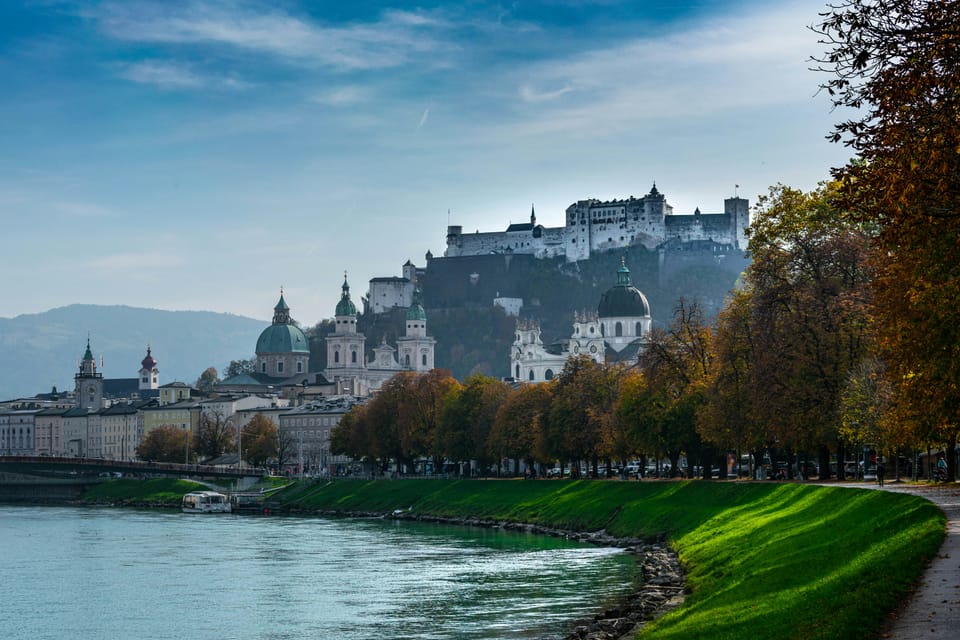
Europe is filled with postcard-perfect cities. Paris, London, Rome... each with iconic landmarks and a deeply rich history that bring millions of people to visit each year.
We would highly recommend these cities to anyone who hasn't visited. They're incredible! And these popular cities are some of the most accessible places in Europe, with plentiful options for accommodations, attractions, transportation and infrastructure. Hence, why people with disabilities often travel there if they are seeking a European adventure.
But in this article, we'll delve into the incredible destinations across Europe that are away from the major cities, just as rewarding, and still very accessible.
This guide highlights 5 underrated, wheelchair-accessible places in Europe that offer beautiful sights and a unique experience.
What's Ahead?
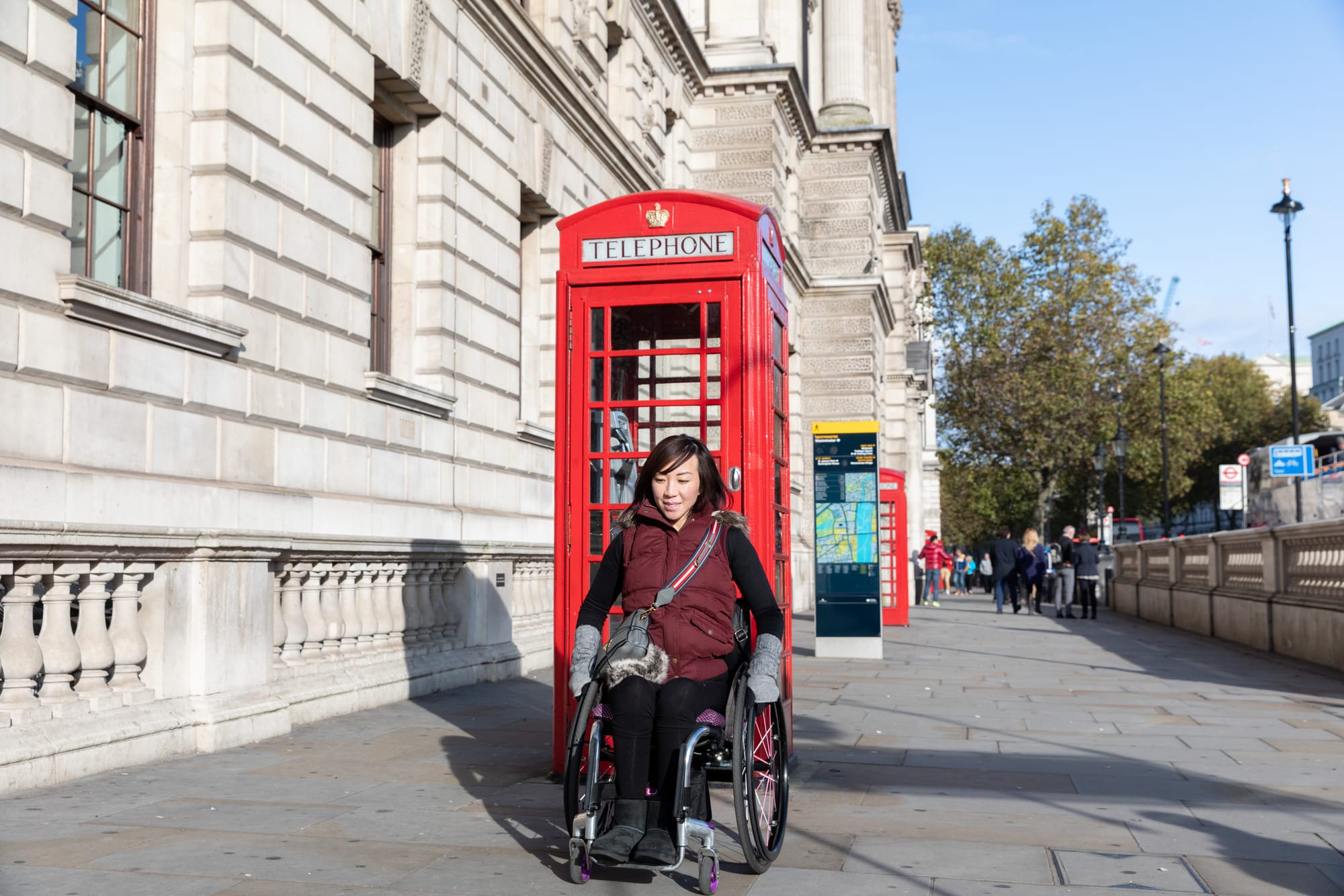
Is Europe Wheelchair Friendly?
The answer: it depends. Europe is a patchwork of old-world charm with many places having modern accessibility. While some historic cities pose challenges with things like cobblestones, narrow sidewalks, and hilly areas, others have invested in accessible infrastructure like curb cuts, smooth public transport systems, and inclusive accommodations.
Europe as a whole usually has excellent public transportation. Buses, trains, and metros can be very accessible, too, depending on where you go.
Cities like Barcelona, Paris, and London excel with accessibility. You'll be able to find a variety of attractions and things to do there with little to no barriers. But what do they all have in common? They're major cities with millions of tourists.
This is why we want to highlight less some underrated alternatives - ones that are still very accessible.
So let's dive into those places.
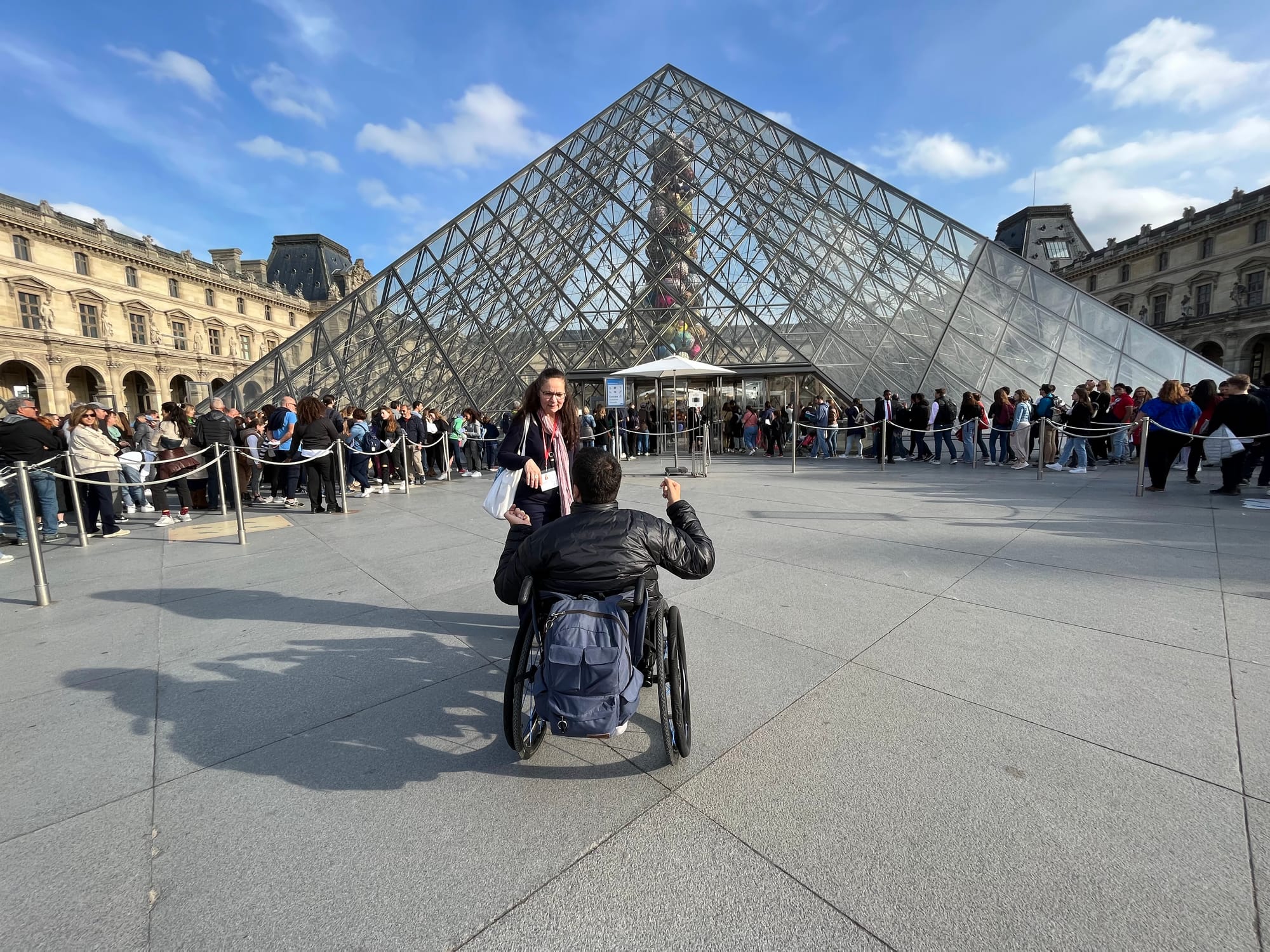
5 Underrated Accessible Destinations in Europe
Ljubljana, Slovenia
Ljubljana might just be the most beautiful European capital you’ve never thought to visit. This small Slovenian city feels straight out of a storybook, with riverfront cafés, Baroque architecture, and those charming bridges that crisscross its pedestrian-only old town.
It’s super easy to get around. The city center is flat and curb-free, and most streets are shared by bikes and pedestrians, not cars. There’s a wheelchair-accessible funicular to the castle, and most buses are adapted too. It’s also pretty common for restaurants and museums to have great accessibility.
And don’t miss the Central Market—it’s open-air, vibrant, and a perfect spot for grabbing local bites or chatting with vendors. So whether you’re doing that, sipping coffee by the river or rolling through a quiet plaza, Ljubljana has a relaxed, welcoming vibe that makes you feel right at home.
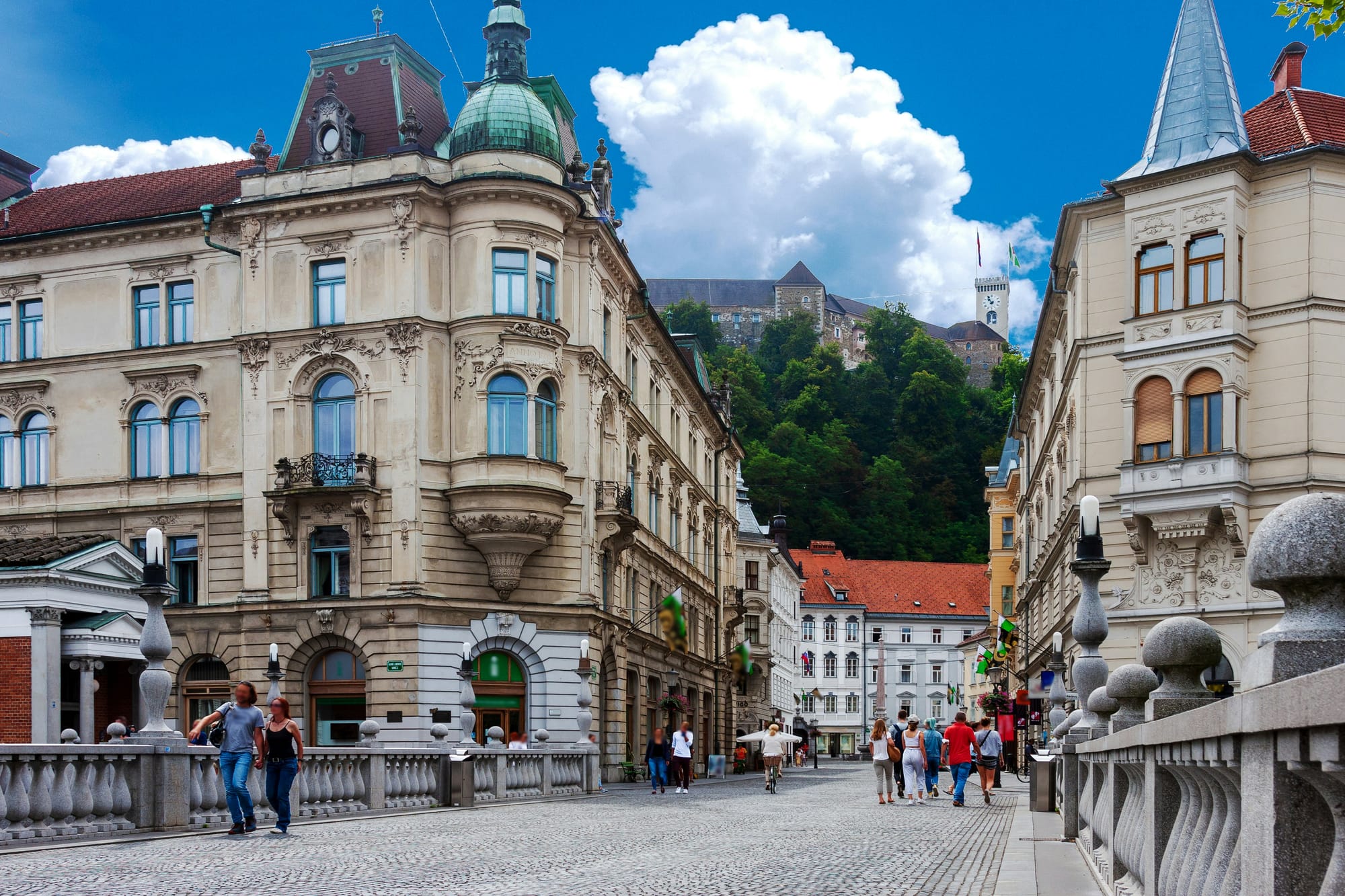
Salzburg, Austria
Salzburg looks like a painting. Nestled between mountains and divided by a river, it’s compact, elegant, and rich in music and culture. You can almost hear Mozart echoing through the streets.
The historic center is small and mostly flat, which makes it easy to roll from sight to sight. Public transport is accessible, and many of the top spots—like Mirabell Gardens and Salzburg Cathedral—have step-free paths and ramps. The fortress isn’t fully accessible inside, but the funicular ride up is, and the view is more than worth it. You'll also be able to find accessible hotels in prime spots of the city.
Salzburg is a beautiful destination that’s refreshingly easy to explore.
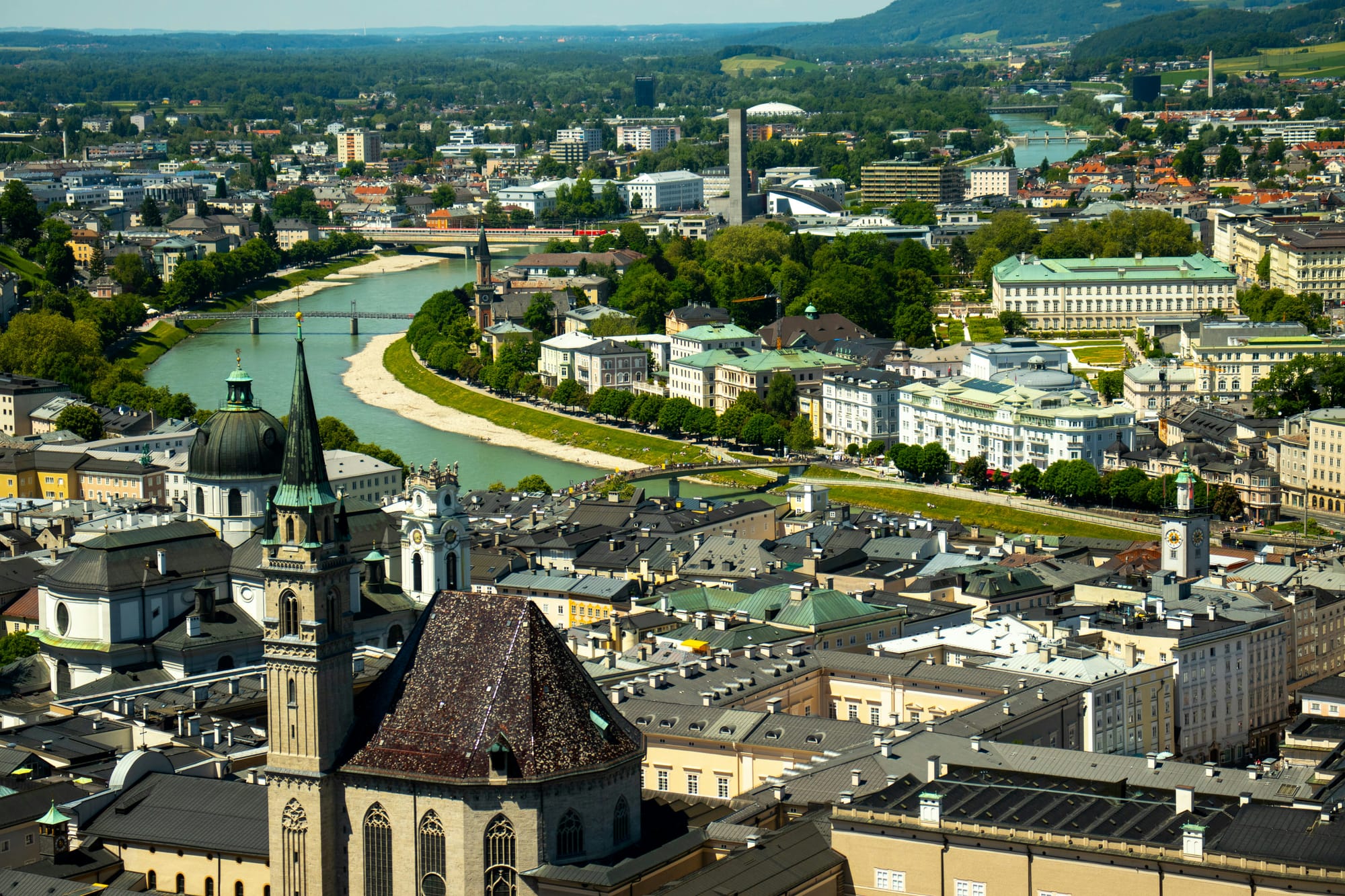
Cordoba, Spain
Córdoba might not be as famous as Barcelona or Madrid—but honestly, it should be. This Andalusian city is a treasure trove of history, culture, and architectural wonders. From the awe-inspiring Mezquita-Catedral to the charming, flower-filled patios of the old town, there’s no shortage of sights to explore. The city’s historic center, a UNESCO World Heritage Site, is a maze of narrow streets and hidden plazas that invite you to wander and discover.
When it comes to accessibility, Córdoba has made solid progress. Many of its main attractions, including the Mezquita-Catedral and the Roman Bridge, are wheelchair-friendly. The city offers accessible public transportation and accommodations, making it a viable option for travelers with mobility needs. However, it’s worth noting that some areas, especially in the older parts of town, may have uneven cobblestones and narrow pathways, so it could present challenges for some.

Copenhagen, Denmark
Copenhagen might not always make the “underrated” lists, but it often flies under the radar when travelers plan their European adventures. Denmark’s capital is a delightful mix of colorful harbors, cozy cafés, and a rich tapestry of history and modern design.
The city is known for its flat terrain and smooth sidewalks, making it easy to explore. There are also plenty of accessible hotel options in convenient locations that make it easier to get around. Public transportation, including buses and the metro, is largely accessible, and many attractions are equipped to welcome all visitors. Whether you’re strolling through the vibrant Nyhavn district, visiting the historic Amalienborg Palace, or enjoying the serenity of the King’s Garden, Copenhagen offers a blend of experiences that cater to a wide range of interests.
Grab a pastry from a neighborhood bakery and take your time—Copenhagen was made for slow, easy exploring.
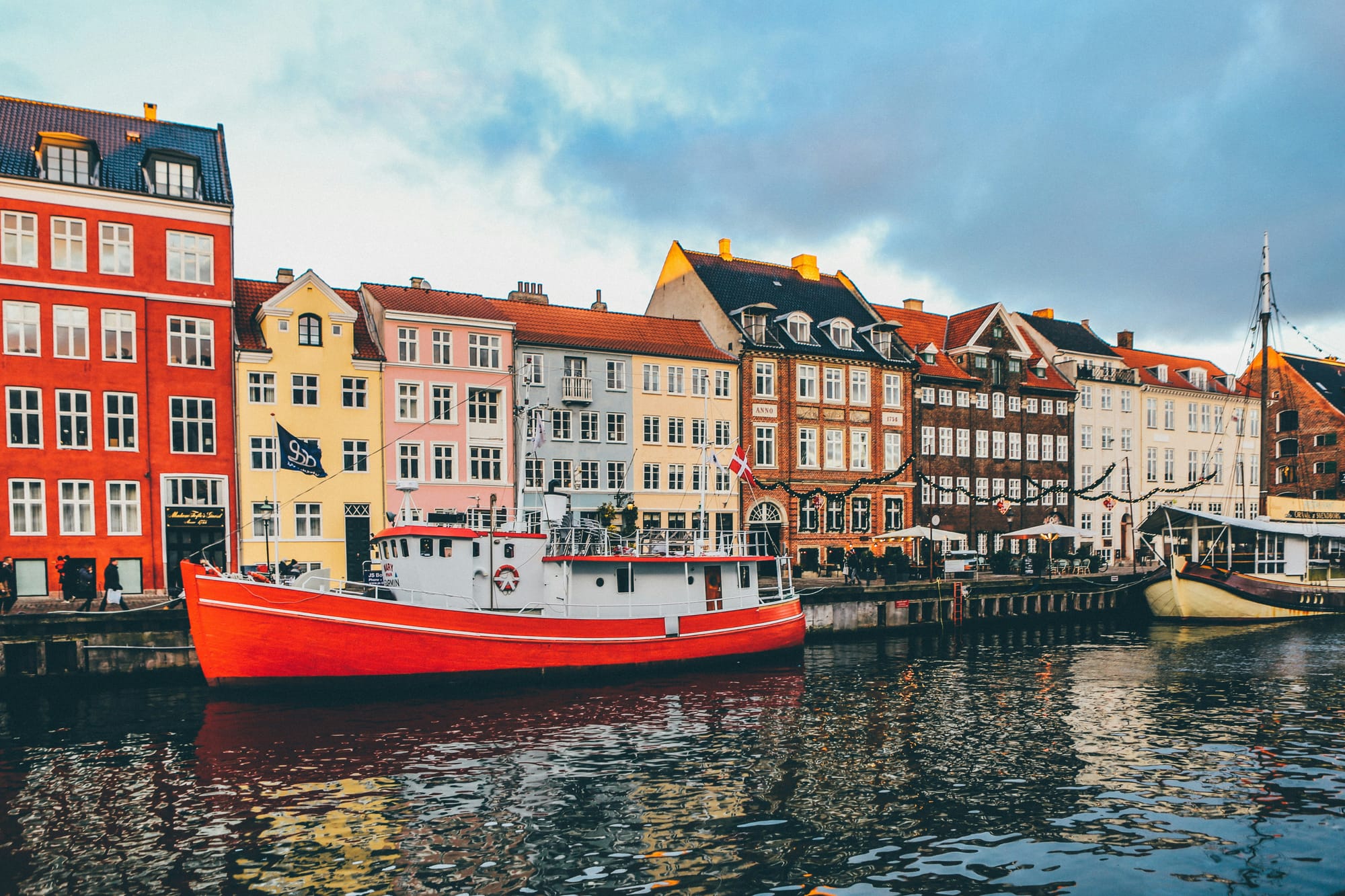
Tenerife, Spain
Tenerife, the largest of Spain’s Canary Islands, is a sun-soaked paradise that blends volcanic landscapes with golden beaches and vibrant towns. It’s the kind of place where you can go from lounging by the sea to exploring a lunar-like national park all in the same day.
For travelers with disabilities, Tenerife is impressively accommodating. Many of their beaches are accessible. Playa de las Vistas beach, located in Los Cristianos, stands out with its features including boardwalks along the beach, accessible facilities, and beach wheelchairs, making it one of the most inclusive beaches on the island. Public transportation, like the TITSA buses, are equipped with ramps and designated spaces for wheelchairs. For accommodation, the Spa & Sport Hotel Mar y Sol in Los Cristianos features roll-in showers, toilet grab bars, and space under the bed.
Nature enthusiasts can venture to Teide National Park, where certain trails and viewpoints are wheelchair-friendly, offering breathtaking views of Spain’s highest peak.
Beyond its landscapes, Tenerife boasts a rich culinary scene. Local specialties like papas arrugadas—salted, wrinkled potatoes served with vibrant mojo sauces—are a must-try. Seafood lovers can indulge in fresh catches like parrotfish and grouper, often grilled and served with local sides. For a sweet finish, the barraquito, a layered coffee drink with condensed milk and Licor 43, offers a taste of the island’s unique flavors.
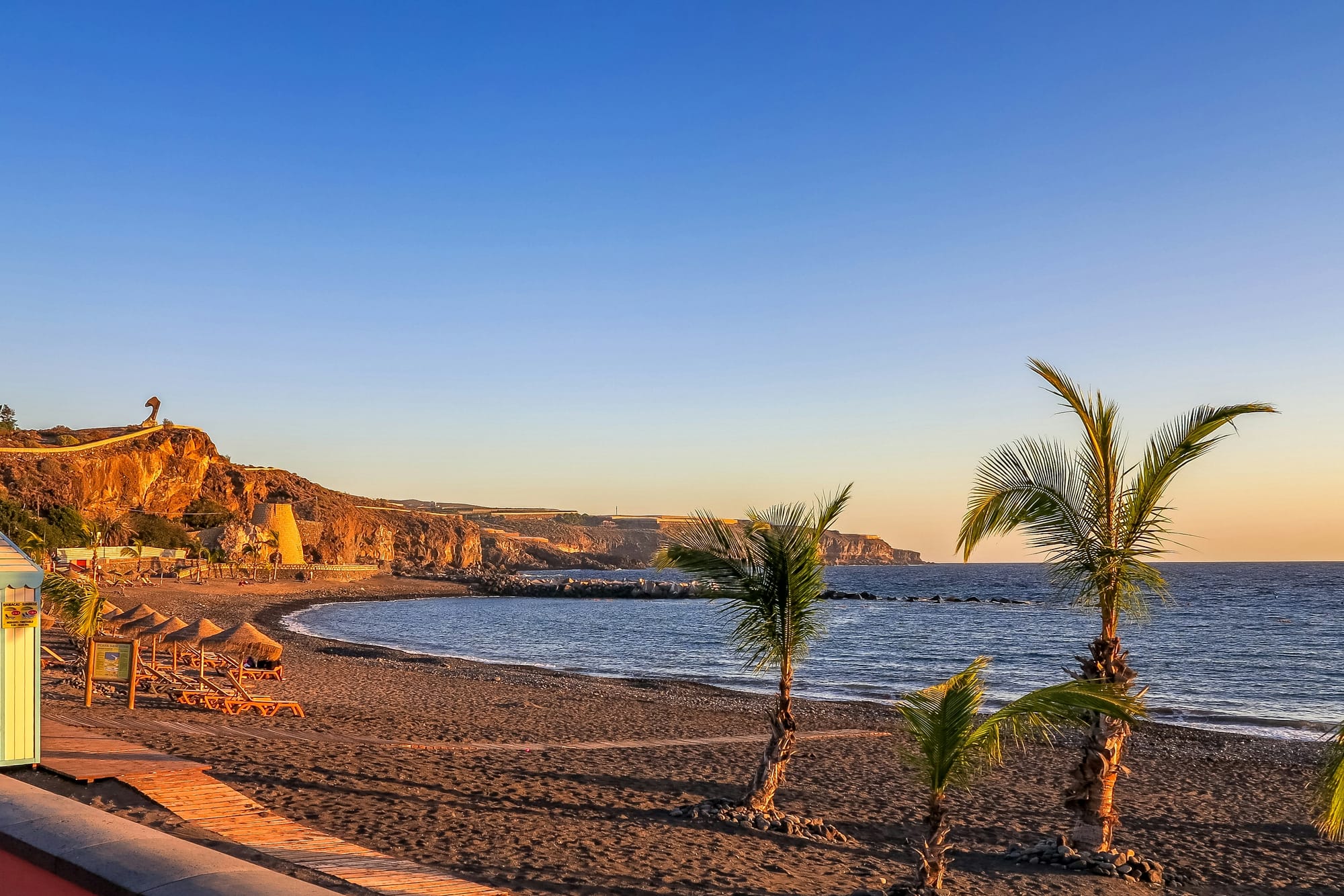
Ready to Plan Your Next Trip?
Each of these cities offers a refreshing break from the typical tourist routes. They prove that accessibility doesn’t have to come at the cost of adventure, beauty, or authenticity.
And with Wheel the World's accessible travel experts, you can plan easier and with confidence.
Ready to explore? Let us help you find your next underrated gem.
Take the stress out of planning your accessible trip with Wheel the World
Accessible Travel Resources
🏨 Book Hotels and Find Experiences With All the Accessibility Details You Need
♿ Join Our Accessible Travel Community
📝 Fill out your accessibility profile (for free) for personalized travel experiences
🔥 The Expert Solution for Accessible Travel: 10 Reasons to Book with Wheel the World

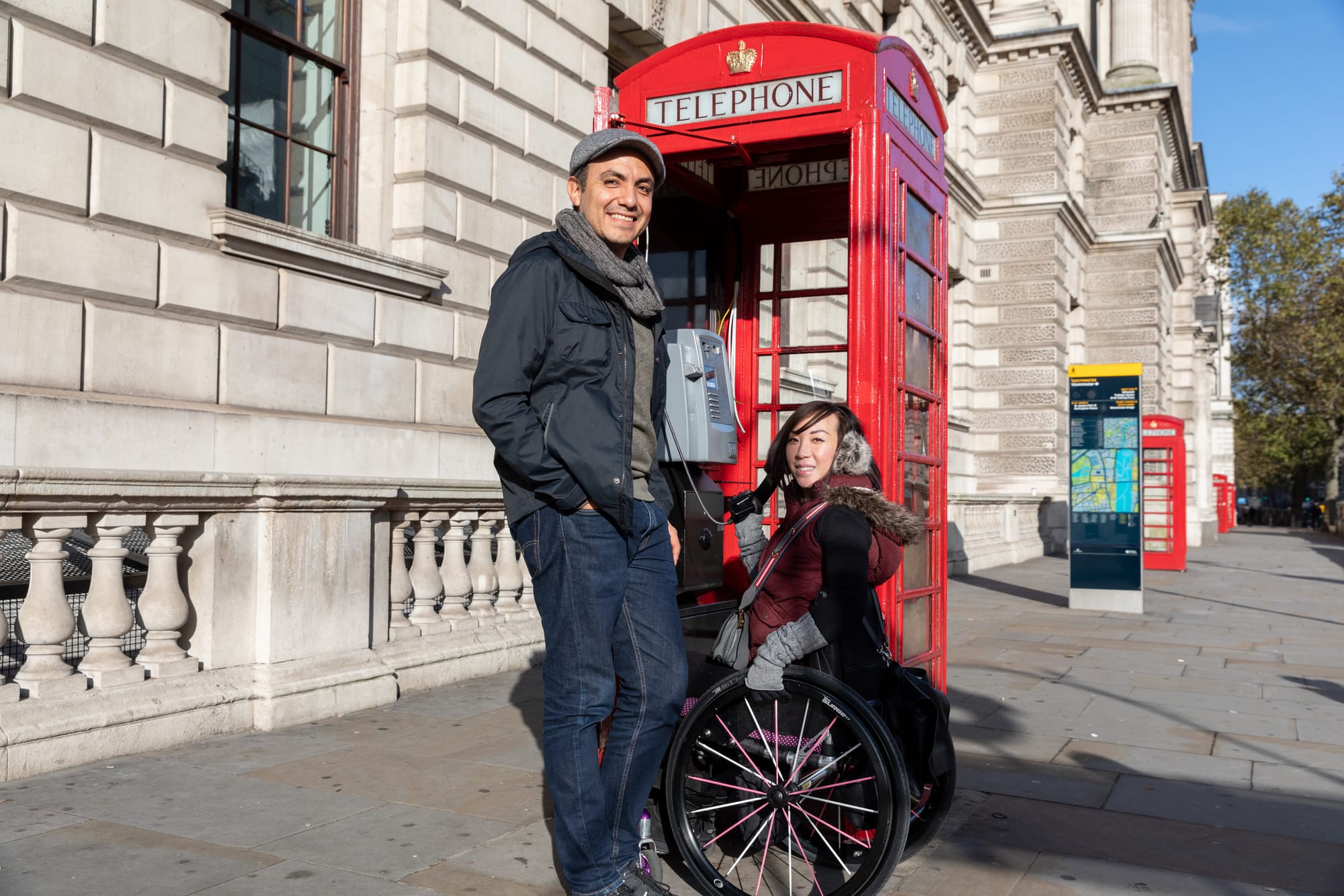


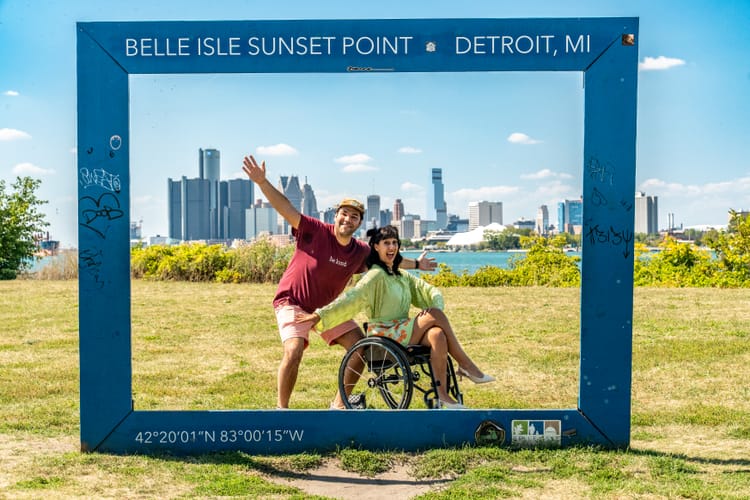
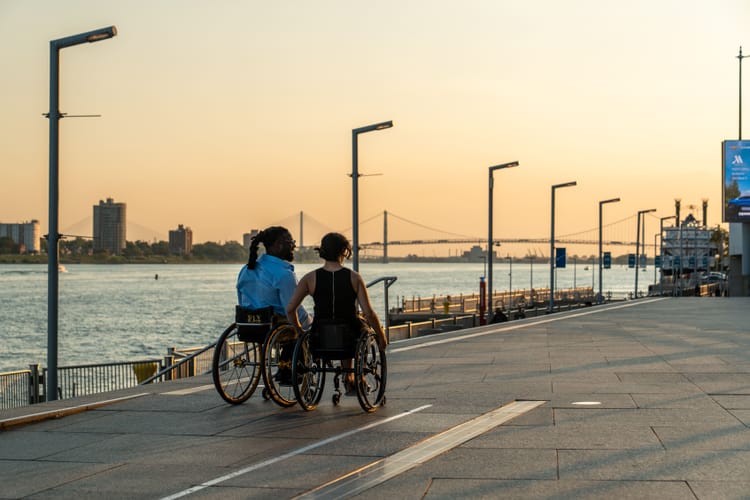
Comments ()